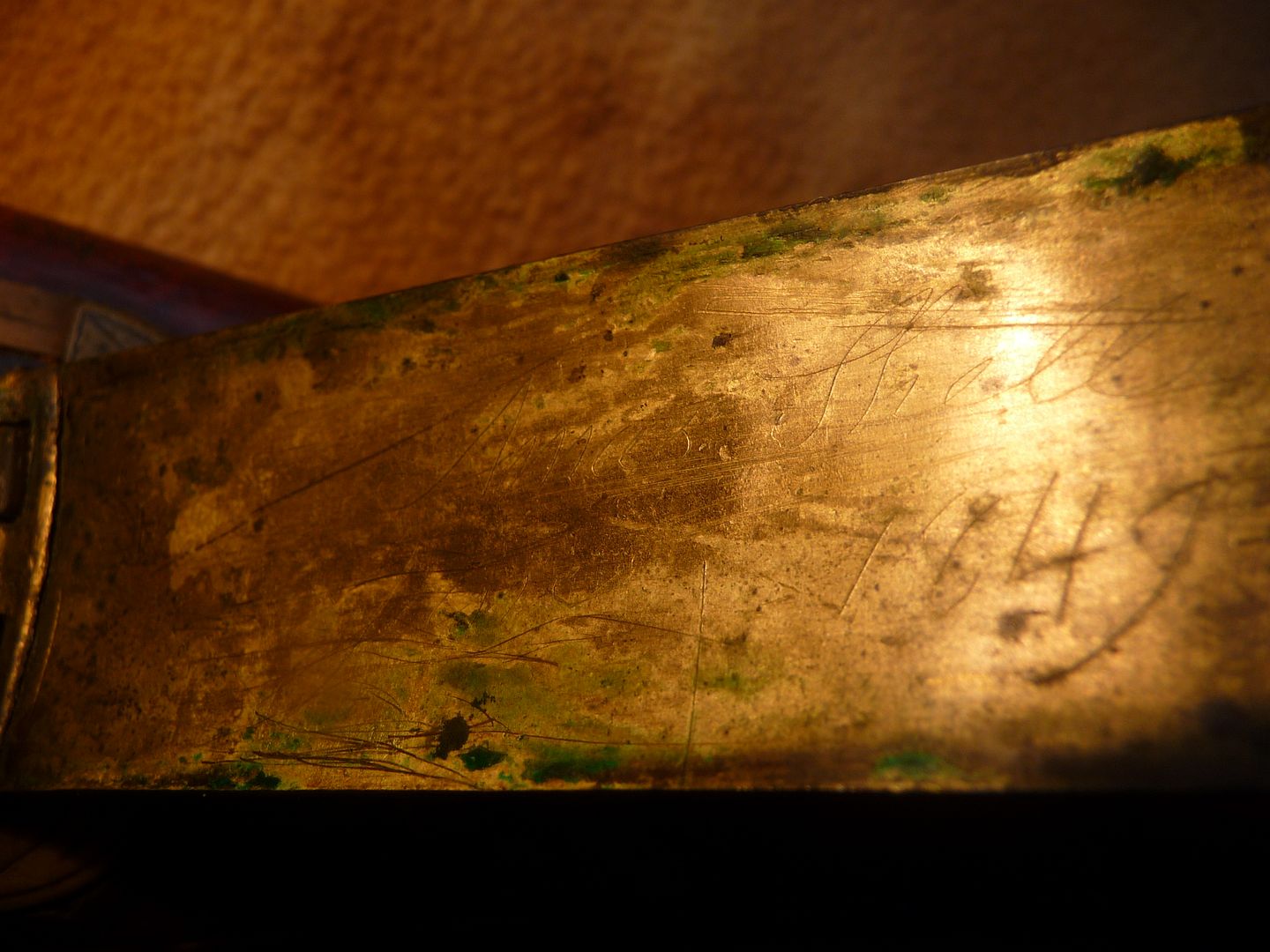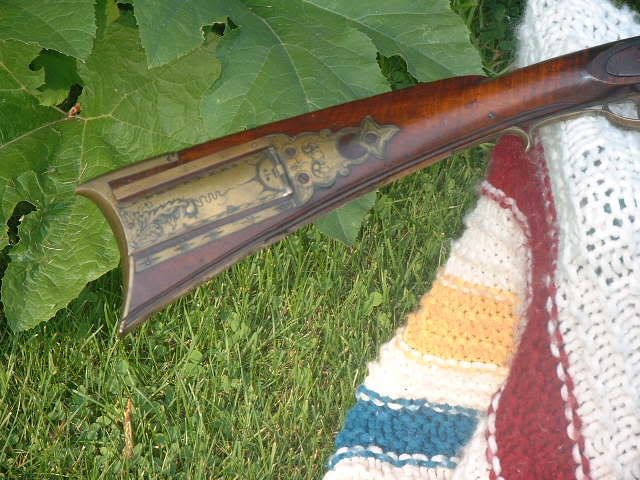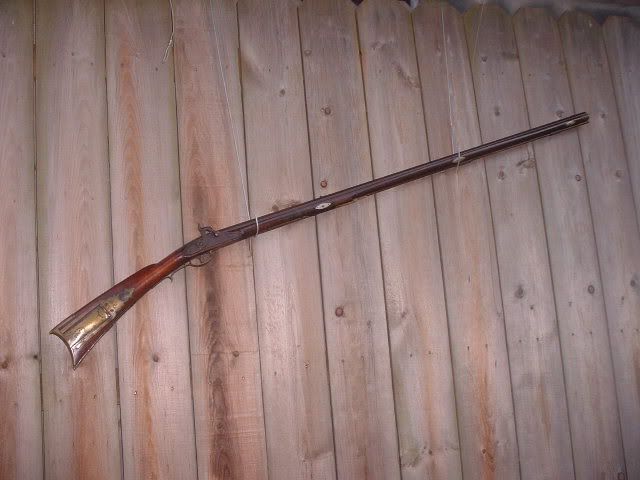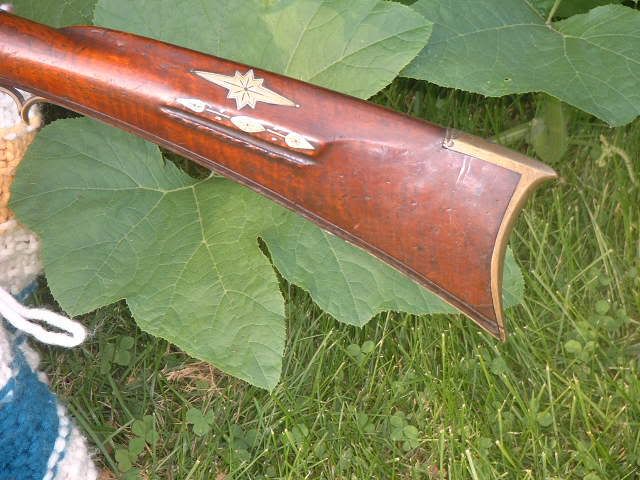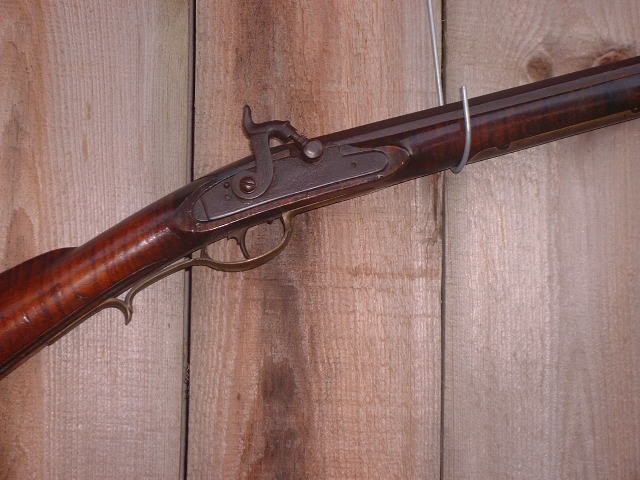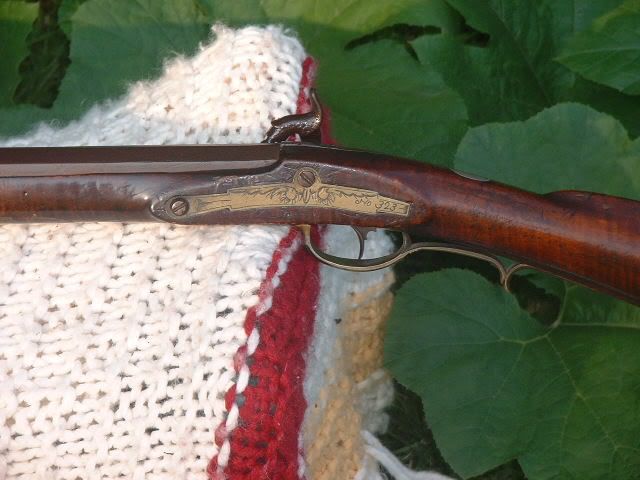Now you gotta remember there was a pretty fair expansion period before the Civil War, with folks headed to California, the Oregon Territory and Deseret, and a fair percentage of those folks weren't necessarily dirt poor farmers, but were folks looking to homestead. Many sold farms and homes and had money to purchase decent truck, including firearms, and the heavy half-stock was THE rifle for the westerning family man. Most would already have a smoothbore, but would also purchase a rifle as well. Of course a fair number of older Kentucky/Pennsylvania/Ohio rifles went as well. Military surplus muskets, Injun Trade guns, just damn near anything could and did go west. After the War, lots more people moved west, and by then a lot of vets were moving, so more than a few rifle muskets, many bored to smooth, and everything and anything else.
Remember, it was not a light undertaking to cros the plains, and people tended to take the necessity of self protection pretty seriously, and tended to have at least one good firearm. Many wagon train rules required each wagon to have at least one serviceable rifle each.






